Table of Contents
Introduction to Mole Poblano
Mole poblano is made from seven essential ingredients: dried chiles (ancho, mulato, pasilla), cacao, cinnamon, cloves, almonds, sesame seeds, and tomatoes. These components create its signature sweet, spicy, and savory flavor profile. This traditional Mexican sauce combines indigenous and colonial-era ingredients into a complex culinary masterpiece that has been perfected over centuries.

Each ingredient plays a critical role in balancing heat, sweetness, and umami. Understanding these core components helps you appreciate why mole poblano is considered Mexico's national dish and how to use it effectively in cooking.
Key Ingredients That Make Mole Poblano Unique
While mole poblano contains over 20 ingredients, these seven form the essential foundation:
- Dried Chiles: Ancho, mulato, and pasilla chiles provide the base flavor, heat, and color. Toasting them unlocks their full aroma before soaking.
- Cacao: Unsweetened Mexican cacao adds deep earthy sweetness that balances chile heat without making the sauce chocolatey.
- Spices: Cinnamon, cloves, and cumin create warm, aromatic complexity. Oregano adds herbal notes.
- Nuts and Seeds: Almonds, sesame seeds, and pumpkin seeds contribute creamy texture and nutty undertones.
- Tomatoes and Onions: Fresh tomatoes and onions form the savory foundation, providing acidity and umami depth.
- Garlic: Enhances overall flavor complexity and adds subtle pungency.
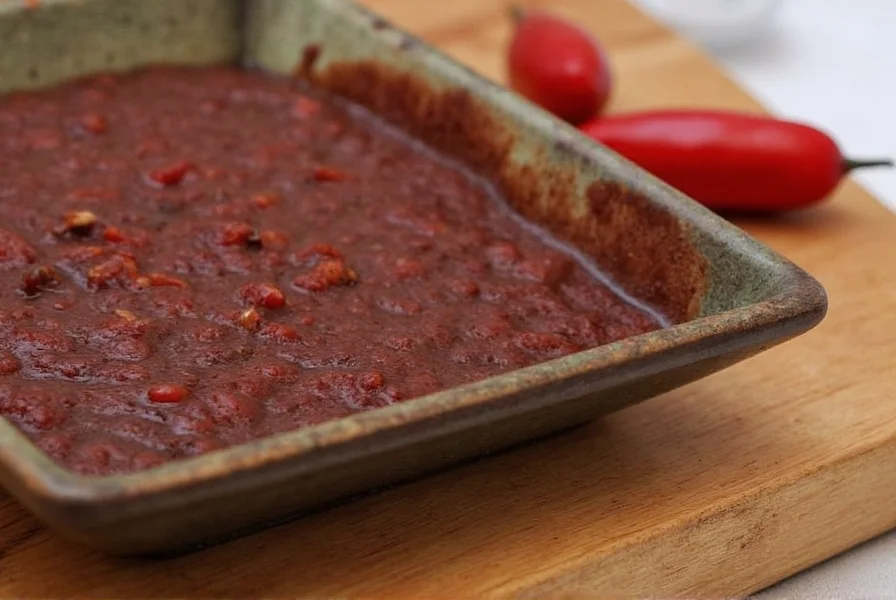
Traditional recipes often include additional ingredients like plantains, raisins, or epazote, but these seven components are non-negotiable for authentic mole poblano.
Understanding the Flavor Profile
Mole poblano's magic lies in its perfect balance of contrasting flavors. Here's how each element contributes:
| Flavor Element | Description |
|---|---|
| Heat | Mild to medium, carefully balanced by cacao and nuts |
| Sweetness | From cacao and sometimes dried fruit like raisins |
| Savory | Deep umami from tomatoes, onions, and broth |
| Nutty | From toasted almonds, sesame, and pumpkin seeds |
| Spicy | Warm, aromatic notes from spices like cinnamon and cloves |
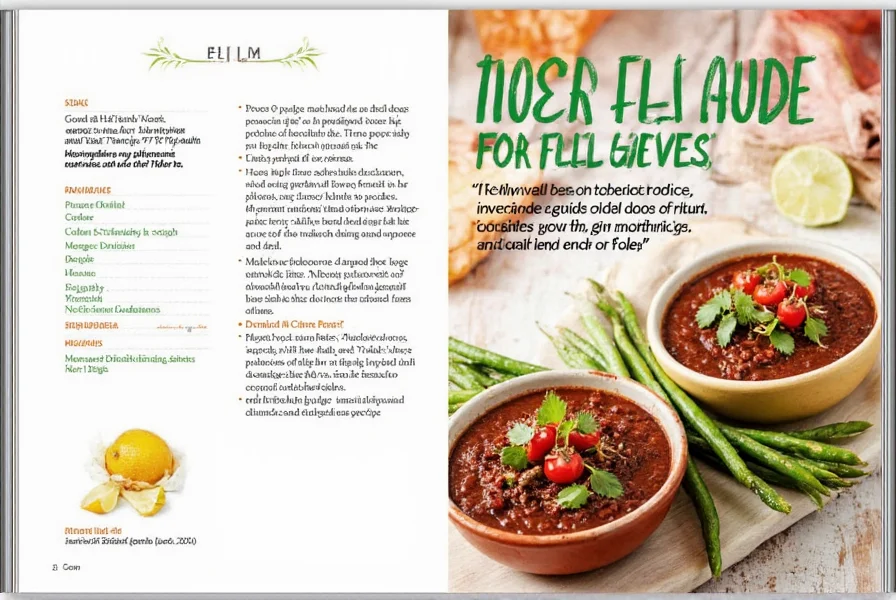
This harmony makes mole poblano incredibly versatile. It pairs perfectly with roasted meats, enchiladas, and even vegetarian dishes while maintaining its signature complexity.
Cooking Tips for Mole Poblano
Authentic mole requires patience and technique. These tips ensure perfect results:
- Toast chiles properly: Dry-toast over medium heat until fragrant (30-60 seconds per side) before soaking
- Use fresh ingredients: Fresh tomatoes and onions beat canned alternatives for brighter flavor
- Blend in stages: Start with chiles and tomatoes, then add nuts/seeds, then spices for optimal texture
- Simmer for depth: Cook for 45-60 minutes to develop rich, layered flavors
- Adjust carefully: Balance heat with cacao, sweetness with fruit, and thickness with broth
Remember: Mole poblano is not a quick sauce. The slow cooking process allows flavors to meld into a cohesive, complex masterpiece.
Buying Guide: What to Look For
When purchasing pre-made mole, prioritize these quality indicators:
- Ingredient transparency: Must list specific chiles (ancho, mulato, pasilla) not just "chili powder"
- Real cacao: Look for "cacao" or "unsweetened chocolate" not "chocolate flavor"
- Nuts/seeds listed: Authentic versions include almonds, sesame, or pumpkin seeds
- Minimal additives: Avoid products with artificial flavors, MSG, or excessive sugar
- Reputable brands: La Costeña (traditional), San Miguel (rich), and organic options from Mexican producers
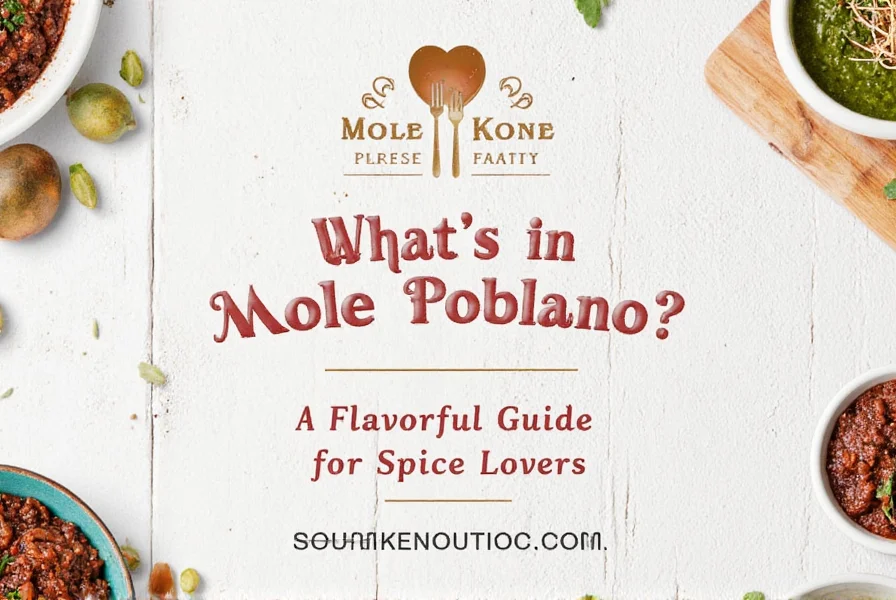
Authentic mole should have a thick, velvety texture and complex aroma with notes of chocolate, nuts, and spices—not just spicy heat.
Frequently Asked Questions
What are the seven essential ingredients in authentic mole poblano?
Authentic mole poblano requires seven core ingredients: dried chiles (ancho, mulato, pasilla), cacao, cinnamon, cloves, almonds, sesame seeds, and tomatoes. These form the foundation for its signature sweet-spicy-savory balance. Additional ingredients like garlic, onions, and broth enhance the recipe but these seven are non-negotiable for authenticity.
Does mole poblano actually contain chocolate?
Yes, but it's Mexican cacao (unsweetened), not sweet chocolate. This provides earthy depth without making the sauce taste like dessert. Authentic mole uses 1-2 oz of cacao per batch, balanced by chiles and spices to create complexity—not sweetness.
Why does mole poblano have so many ingredients?
Mole poblano represents Mexico's culinary fusion history. Indigenous ingredients (chiles, cacao, tomatoes) blended with Spanish imports (cinnamon, cloves, almonds) to create layered complexity. Each component serves a specific purpose: chiles provide base flavor, cacao balances heat, spices add warmth, nuts create texture, and aromatics build depth. This harmony defines the sauce's uniqueness.
Is mole poblano very spicy?
No—authentic mole poblano is intentionally mild. The chiles used (ancho, mulato, pasilla) are chosen for flavor over heat. Cacao, nuts, and spices balance any spice into a warm, comforting profile. It's complex and savory, not mouth-burning hot.
Can I substitute ingredients in mole poblano?
Some substitutions work: mulato chiles can be replaced with extra ancho, almonds with peanuts. But never skip cacao—it's essential for balance. For shortcuts, use quality mole paste and enhance with toasted sesame seeds and 1 tsp dark chocolate. Substitutions will alter the traditional flavor profile.
How can I tell if store-bought mole is authentic?
Check for: multiple dried chiles listed (not just "chili powder"), visible cacao or chocolate, nuts/seeds in ingredients, and no artificial flavors. Authentic mole has thick texture, complex aroma (not just spicy), and rich brown color—not bright red or watery.
Conclusion
Mole poblano's magic comes from its precise balance of seven essential ingredients: chiles, cacao, spices, nuts, tomatoes, onions, and garlic. Each component plays a critical role in creating this complex, layered sauce that represents Mexico's culinary heritage.
Whether making it from scratch or choosing a quality store-bought version, understanding these core ingredients helps you appreciate why mole poblano is considered Mexico's national dish. With the right knowledge, you can confidently create or select mole that delivers authentic, unforgettable flavor in every dish.
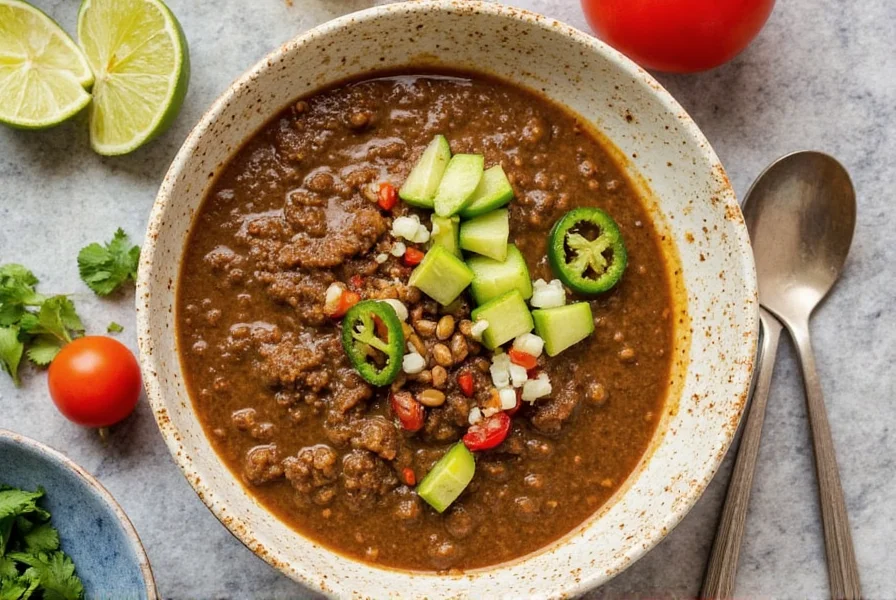

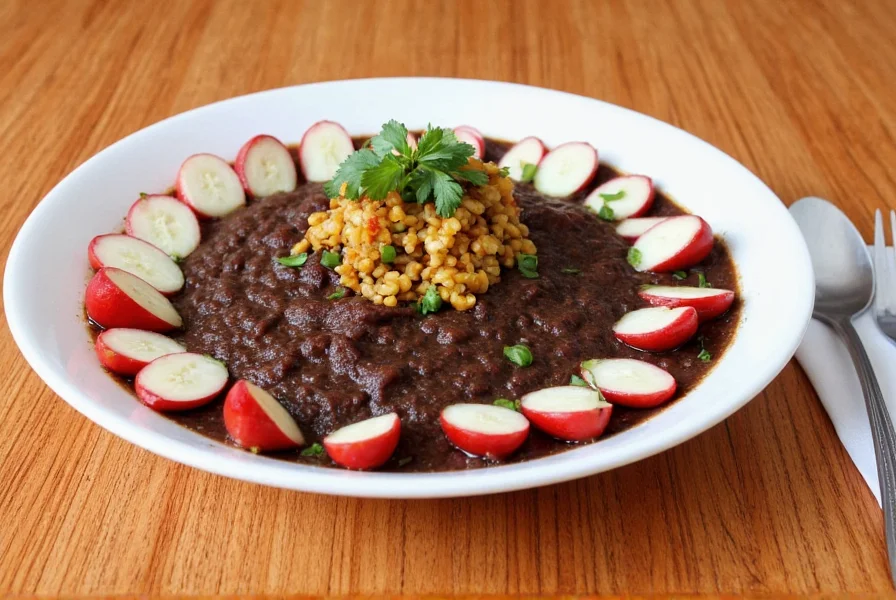









 浙公网安备
33010002000092号
浙公网安备
33010002000092号 浙B2-20120091-4
浙B2-20120091-4